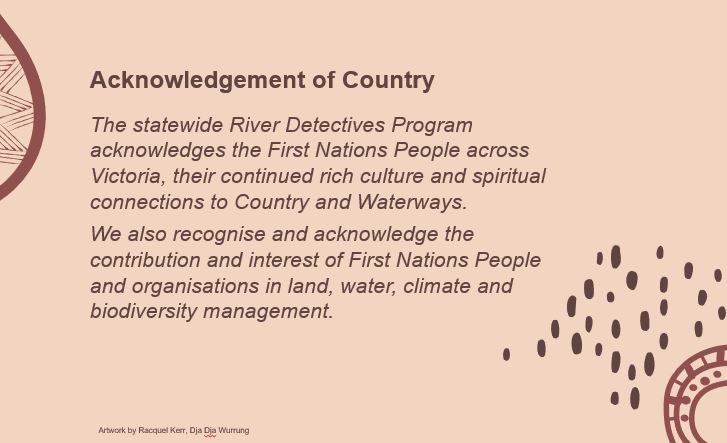Story Book/Photo
Riparian mural idea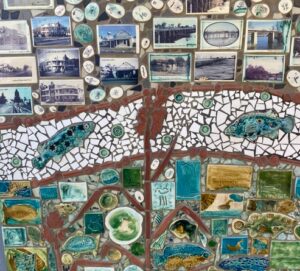
This stunning mosaic mural is found along the walking track beside the Loddon River in Bridgewater. It showcases the biodiversity and history of the river that is the heart of this small rural town. It’s made up of tiled aquatic and terrestrial flora and fauna images along with photos of iconic town buildings and important events in the life of the river; floods, droughts and infrastructure over the years. Perhaps it will give you inspiration for an art installation on your waterway?
|
Wanyarram Dhelk Bendigo Creek site signage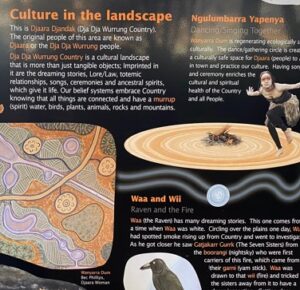
The gorgeous interpretive signs on site at Bendigo Creek’s Wanyarram Dhelk site near Knight St White Hills are a wealth of information about the cultural significance of waterways, caring for country (djandak) and water (gatjin). A visit to the site is a must do for schools in the Bendigo area. Learn more about the site by watching this video.
|
Gladys And Stripey picture story book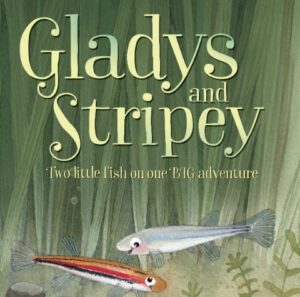
This story, written by Michele Gierck, is based on an Australian threatened fish species called Dwarf Galaxias (Galaxiella pusilla). Dwarf Galaxias are found in southern areas of Victoria but the book is valuable to all as a way of learning about waterways, native fish and the importance of healthy habitat and fish passage. Ideal for primary aged readers, the book can be purchased here. The book includes scientific notes, teachers notes and extension activities are available and we look forward to an online reading being released.
|
“Wave Of Change” picture story book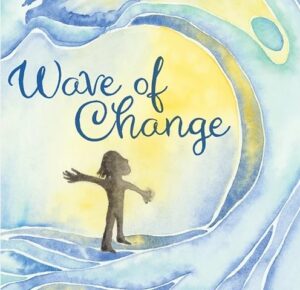
This sequel to “When Water Lost Her Way” is the perfect tool for discussing climate change with water security as the focus. This second book by Meg Humphrys is a gentle introduction, a call to action. fostering positivity and hope over fear for the future. You can watch the online reading recorded by the River Detectives program or purchase the book here. We have also recorded a webinar with Meg Humphrys to discuss the book, inspire students about what they can do and share innovative climate change solutions being implemented in the water industry. Watch the primary school version or the secondary school version.
|
Saving the endangered Plains-wanderer bird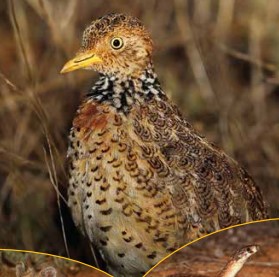
Critically endangered and at risk of imminent extinction, the North Central CMA is working in partnership with Trust for Nature and Australia’s National Recovery Team for the Plains-wanderer. Find out more about Plains-wanderers by viewing these videos about these quirky creatures; of using song meters to monitor populations, Werribee Zoo’s captive breeding program, incubating Plains-wanderer eggs and this gorgeous footage of the first captive-bred chicks. A picture storybook has now been released with teacher notes and is a great way to engage young learners. You can also use this beautiful colouring sheet. To learn more about the unique habitat of the Plains-wanderer check out the brochures ‘Plants and Vegetation of Native Grasslands on Victoria’s Northern Plains’ and ‘Wildlife of Native Grasslands on Victoria’s Northern Plains’.
|
‘Drought’ and ‘Flood’ picture story books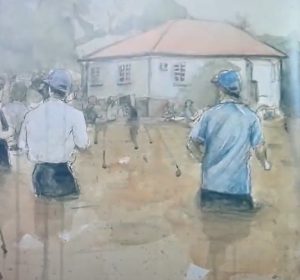
Two books by Jackie French highlighting the impact of Drought and Flood on landscapes, flora, fauna and people. Read the books or watch the online readings to start discussions about the way climate and natural processes sometimes seem irrelevant in everyday life but their impact on us are brought to the fore in times when nature is out of balance. Use the teachers notes for Drought and Flood to explore the two books with students.
|
Desert Lake – The Story of Kati Thanda – Lake Eyre picture book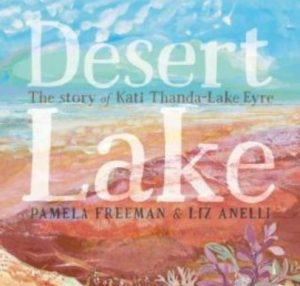
It’s raining up north and soon everything will change for the desert lake. The dry salt bed of Kati Thanda-Lake Eyre shimmers in the desert heat. But far up north, the rains have come. Water is flooding into empty riverbeds and swirling down towards the lake. Soon everything will change. Although Lake Eyre is far from Victoria, this is a beautifully written narrative that explores the unique story of one of Australia’s most amazing phenomenon. It builds an appreciation of the wonder and resilience of nature along with the function of a catchment. There are no online versions of this book but a hard copy or big book version can be ordered at your favourite book store. Alternative teacher notes can be found here.
|
Digital story; If We Care We Can: A Story of How One Glider Helped Save a Forest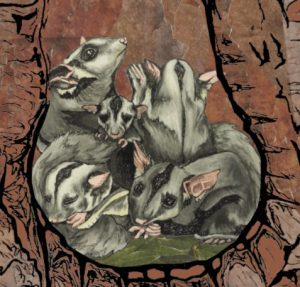
‘If We Care We Can’ is a digital children’s story which is freely available online. It is reasonably long, 60 pages, but turn on the audio and it’s perfect to watch/listen to as a serial over several days. It is set in the forests of northern NSW but has many relevant messages for Victorian students. This story is best viewed on a tablet or computer in landscape view.
|
Weaving activity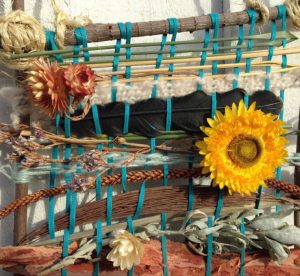
Use natural items found at your local waterway or bushland, in your school yard or home garden to make a weaving like the one pictured at the link above. Hang it somewhere special to connect you with nature.
|
Mandala Art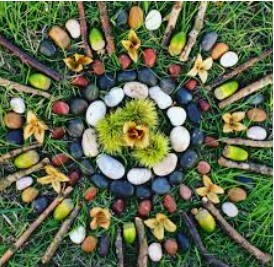
Making a nature mandala is a great activity to tune into the colours, shapes and textures of natural objects at your waterway. Collect some treasures, plan a design and create a masterpiece. Ideally, this is done by the waterway where collected materials can stay on site. If collecting from your waterway and completing the activity back at school, try to return the materials later. Extension: find objects in nature that are mandalas in themselves. See this article for examples.
|
Your hand as a catchment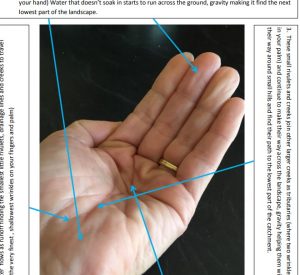
Use this activity sheet to model a catchment with your hand; high points representing hills and wrinkles in your palm representing waterways.
|
The artistry and ingenuity of bird nests video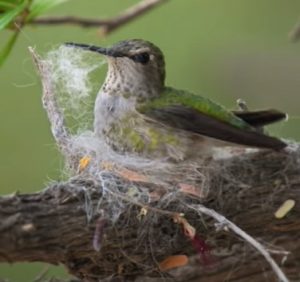
Whilst visiting your waterway each month for water quality testing you might notice the building and use of bird nests as a key seasonal change. Bird nests are endlessly fascinating and we can learn much about the skill, patience, resilience, artistry and ingenuity of birds by learning about the way they build and use nests. Although this is an American video it is a great resource to showcase the many different types of nests that birds build around the world. There are also some great picture story books about bird nests; Bird Builds A Nest by Martin Jenkins, Birds Build Nests by Yvonne Winer and Mama Built A Little Nest by Jennifer Ward. Watch this video of nest building up close or challenge students to gather materials and try building their own nest – it’s harder than they might think !
|
Bird-inspired fashion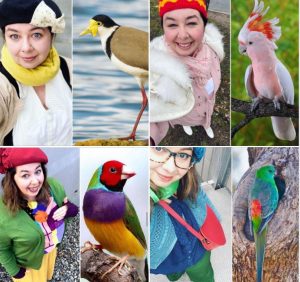
If you were a bird, which one would you be ? Why ? Choose your favourite bird or the bird that represents you best due to it’s personality, appearance or behaviour. Study its colours and find items with matching colours in your wardrobe to represent its colourful plumage and be a ‘bird’ for a day. A great idea for National Bird Week in October or for good fun anytime.
|
The Best Beak in Boonaroo Bay picture story book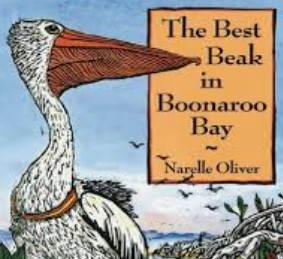
This picture story book by Narelle Oliver is perfect for understanding how animals, in this case birds, have evolved over time to possess bodies that are just right for finding and eating their favourite foods. The birds in this watery environment all compete for the title of the ‘best beak’ but discover that they all have the best beak for their own needs. Use this book as a springboard to studying the adaptions of animals to survive – the ‘feathery friends’ activity is a small way to start with younger students.
|
Louie and Snippy: Save the Sea picture story book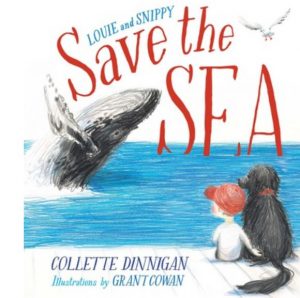
Louie and Snippy: Save Our Seas by Collette Dinnigan is a story of a little boy whose love of the ocean takes him, and the reader, on an incredible underwater journey. Louie and his trusty companion, Snippy the dog, dive into the ocean and are surrounded by brilliant coral reefs. But they soon discover that human rubbish – bottles, plastic straws and plastic bags – have trapped fish and other creatures. What will Louie be inspired to do? What will you be inspired to do ? A great book for younger readers to highlight the problem facing our oceans and to explore the links between our waterways and where our rubbish travels. Grab a copy of the book or enjoy this online reading.
|
Tarrengower and Lalgambook: A teaching from the Jaara Jaara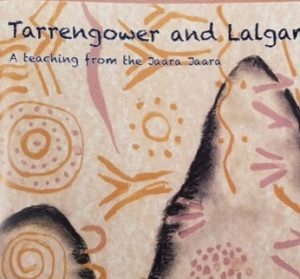
As part of North Central CMA’s 2020 NAIDOC week celebrations, Aunty Marilyne Nicholls spent time on Country at beautiful Tarrengower to share this special creation story of a Dja Dja Wurrung storyline from central Victoria. This book was created by the kids at The Meeting Place and proudly published by Nalderun.
|
On The River picture story book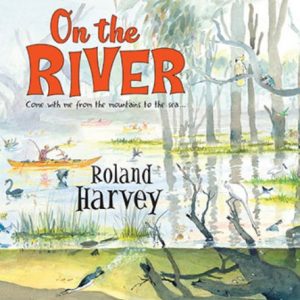
This book is a delight for all ages from the creator of the bestselling At the Beach series. Follow the mighty Murray River from its smallest beginnings in the mountains to where it meets the sea on an epic journey with Roland Harvey and his pelican friend, in this glorious picture book full of humorous, intricate illustrations and fascinating information. Together they discover the story of the river: its secrets, history, ecology, people and animals. And you’re invited, too! There are no online versions of this book but a hard copy can be ordered at your favourite book store. Teacher’s notes are available along with a worksheet for younger readers.
|
You And Me, Murrawee picture story book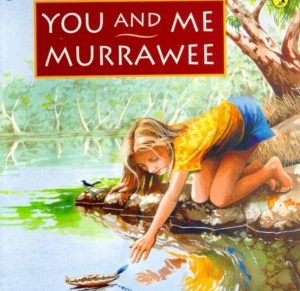
You And Me, Murrawee by Kerri Hashmi is a simple yet very powerful story for primary aged children about the rhythms of daily life beside a river and the many reasons we enjoy time by the water. It highlights the timeless appeal of rivers, the constant yet ever-evolving circle of life for people/plants/animals and prompts us to evaluate modern and traditional life through the subtle revelation that the characters are living 200 years apart. Murrawee means ‘elder sister’ in the language of the Ngarrindjeri people from the Murray River in South Australia but this story is set at an unnamed river and can be used in any location. Enjoy this online reading of the story or purchase the book at your favourite book store. Teacher notes for the story are not available but endless learning opportunities abound.
|
Urban Stormwater Journey photos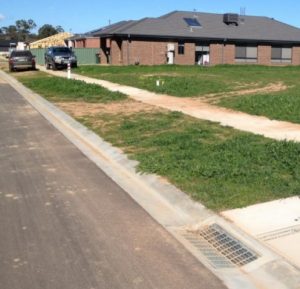
This series of five photos and short explanations clearly illustrate the journey of rainfall from an urban roof, road or footpath into a nearby waterway.
|
Rubbish In The River envirostory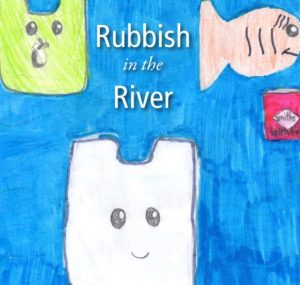
This example of a student-written/illustrated book comes from the Enviro-Stories website. It is a great example of how the River Detectives program can be embedded into the curriculum and inspire literacy projects. The topics are endless for solo/group writing challenges. Check out the enviro-story library for more ideas regardless of how books are eventually published.
|
Wilam: A Birrarung Story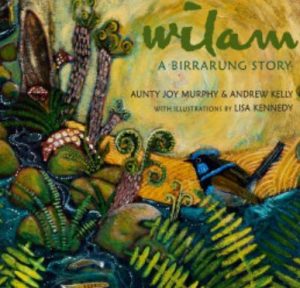
Wilam: A Birrarung Story is written by Aunty Joy Murphy and Andrew Kelly and illustrated by Lisa Kennedy. It tells the Indigenous and geographical story of Melbourne’s Yarra River, from its source to its mouth, from its pre-history to the present day and includes words from the Woiwurrung language. There are no online versions of this book but a hard copy can be ordered at your favourite book store. Comprehensive cross-curricular teacher’s notes are a wonderful guide to implementing this beautiful book in the classroom.
|
Urban Stormwater photos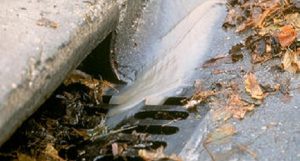
These photos of stormwater sources, stormwater pits/pipes/swales, stormwater pollution, impacts of pollution, pollution prevention strategies and stormwater management solutions can be used as a springboard for discussion, in conjunction with lessons in the Urban Stormwater Environmental Education Resource (see Topics-Urban Water) or with some of the activities on the Urban Stormwater/Rural Runoff activity matrix found under the Dive Deeper tab.
|
Catchment/Waterway photos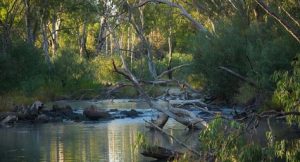
These photos of catchments, healthy and threatened waterways, wetlands and rehabilitation strategies can be used as a springboard for discussion, in conjunction with lessons in the Waterways Environmental Education Resource (see Topics-Waterways) or with some of the activities on the Waterways activity matrix found under the Dive Deeper tab.
|
Now and Then waterbug guide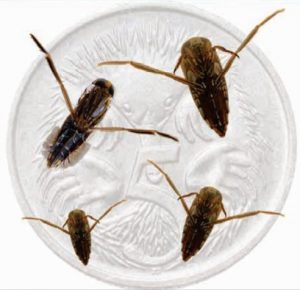
This booklet was produced quite some time ago by Corangamite CMA but remains a fantastic resource with waterbug profiles including fantastic photos showing the scale of bugs compared to a five cent piece, life cycle sketches, did you know facts and sketches/descriptions of the six main types of waterbug mouthparts (useful graphics for student research projects). Information and graphics from this booklet have also been used to produce our Waterbug Fact Sheets.
|
“Rivertime” picture story book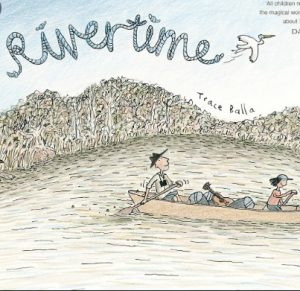
Rivertime by Trace Balla follows the adventures of Clancy who goes on a paddling adventure down the Glenelg River in the Wimmera CMA region with his bird-watching uncle. It is a story about slowing down (‘rivertime’), growing up and connecting with the land and its creatures. It’s also a fantastic launching pad for doing some birdwatching at your waterwatch site. There are no online versions of this book but a hard copy can be ordered at your favourite book store. The story can be read as a class but is best enjoyed by individuals to read and reflect at their own pace, pore over the detailed illustrations and enjoy every comic-style speech bubble. Teacher Notes provide suggested activities for middle/upper primary students or use this Rivertime-inspired pocket birdwatching guide by Trace Balla to inspire your students to make a guide for your area !
|
“The Rhythm of the Rain” picture story book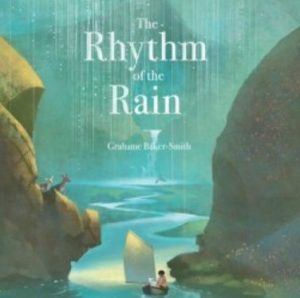
The Rhythm of the Rain by Graham Baker-Smith is a magical book for any educator to launch a lesson or a unit on the water cycle, on the geography of our planet, on the diversity on our planet…there are so many themes hidden within. This story will stretch students’ imaginations, their curiosity, their appreciation of the amazing natural world that surrounds us and nourishes us. Thanks to Alice from Coliban Water in the north central region you can watch a reading of the book as a springboard to other discussions and activities around the water cycle, catchments and the responsibility we all share around the world to conserve water for everyone. Use the links above and below this post to access your local water authority and get involved in their education resources and incursions.
|
“Water is Water” picture story book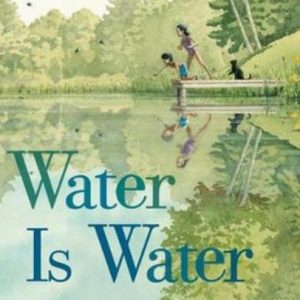
Water is Water by Miranda Paul is a lovely book for lower primary exploring the water cycle, the ways we experience water in all it’s forms; rain, steam, fog, frost, snow, puddles; and how we use water for fun, gardening, drinking, etc. Thanks to Alice from Coliban Water in the north central region you can watch a reading of the book as a springboard to other discussions and activities around water. Use the links above and below this post to access your local water authority and get involved in their education resources and incursions.
|
“When Water Lost Her Way” picture story book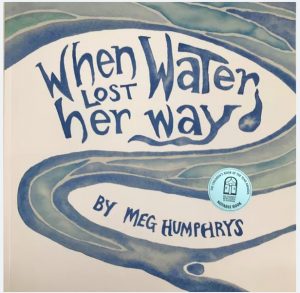
This is a powerful story by Meg Humphrys of ‘water’ questioning who she is. She seeks all parts of her cycle for answers until an ‘old tree’ helps her to understand her place in the world and her many interconnections with all living and non-living things. This book is a must-have in the school library, however you can enjoy the online reading or read the digital version yourself. Indulge in water cycle meditation, discuss extension questions or explore enquiry based lesson plans based on the story. During National Water Week 2020, Meg was interviewed and the video is a great way to further children’s engagement with this book and the water cycle (they’ll love the edible aquifer idea!) Meg has gone on to write a second book called “Wave Of Change” to explore the impact of climate change on our water resources. Search for Wave of Change in the Resource River Bank tab.
|
“Where’s Our Water” digital picture story book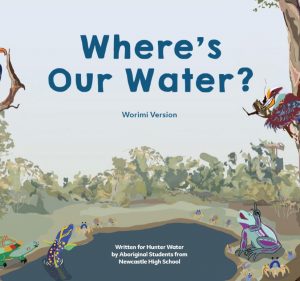
This book came out of a project co-ordinated by Hunter Water in NSW. Although it is not local, the story has valuable messages that apply to any catchment and the project is an inspiring example of what can be achieved when students work closely with traditional owners. Where’s Our Water? has been written for primary school students in the Lower Hunter region to teach them about the value of water as a precious resource and that it is everyone’s responsibility to care for it to ensure we have enough now and into the future. Hunter Water has collaborated with both the Awabakal and Worimi communities to create this new story that draws on their traditional wisdom and practices of caring for our land and waterways. You can also watch a video about the project.
|
Salinity Photos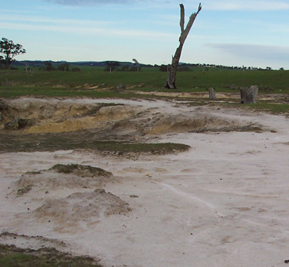
These photos of salt-ravaged land, healthy land, restoration strategies and urban salinity can be used as a springboard for discussion, in conjunction with lessons in the Salinity Environmental Education Resource (see Topics-Salinity) or with some of the activities on the Salinity activity matrix found under the Dive Deeper tab.
|

